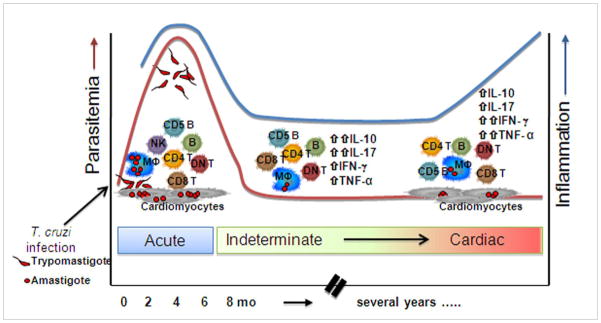Fig. 4. Progression of human Chagas disease.
Following infection with T. cruzi the majority of individuals develop parasitemia associated with a robust cellular and humoral immune response involving cells of the innate and adaptive immune response. This stage can present with severe clinical features ranging from high fever to arrhythmia and death. Upon successful control of the initial infection by the immune response, parasitemia wanes and symptoms subside, as the individual enters the chronic phase of Chagas disease. Here the majority of individuals enter the indeterminate (asymptomatic) clinical form, associated with a balanced inflammatory and regulatory immune response (low inflammatory index). Approximately 30% of the individuals will progress to the cardiac clinical form of disease associated with a higher inflammatory state. Cell types referred in the figure: CD4, CD8 and double negative (DN) T cells, macrophages (MΦ), Natural killer (NK) cells, CD5 (IgM-secreting) B cells. The increased inflammation refers to data demonstrating an up regulation of the inflammatory response (cytokines, chemokines).

